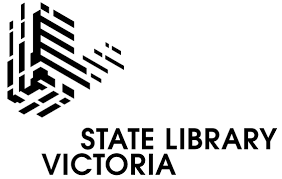

An eclipse happens when a planet or a moon gets in the way of the Sun’s light. Here on Earth, we can experience two kinds of eclipses: solar eclipses and lunar eclipses.
Source NASA Science Place
The Moon moves in an orbit around Earth. At the same time, Earth orbits the Sun. Sometimes Earth moves between the Sun and the Moon. When this happens, Earth blocks the sunlight that normally is reflected by the Moon. (This sunlight is what causes the Moon to shine.) Instead of light hitting the Moon’s surface, Earth’s shadow falls on the Moon. This is an eclipse of the Moon, or a lunar eclipse. A lunar eclipse can occur only when the Moon is full.
A lunar eclipse can be seen from Earth at night. There are two types of lunar eclipses:
A total lunar eclipse occurs when the Moon and the Sun are on exact opposite sides of Earth. Although the Moon is in Earth’s shadow, some sunlight reaches the Moon. The sunlight passes through Earth’s atmosphere, which filters out most of the blue light. This makes the Moon appear red to people on Earth.
Source NASA
Sometimes when the Moon orbits Earth, the Moon moves between the Sun and Earth. When this happens, the Moon blocks the light of the Sun from reaching Earth. This causes an eclipse of the Sun, or a solar eclipse. During a solar eclipse, the Moon casts a shadow onto Earth.
There are three main types of solar eclipses:
During a solar eclipse, the Moon casts two shadows on Earth.
Solar eclipses happen every 18 months somewhere on Earth. Unlike lunar eclipses, solar eclipses last only a few minutes.
Never look directly at the Sun: Doing so can permanently damage your eyes! You must use proper safety equipment to look at any type of solar eclipse.
Source NASA
The State library is free for all Victorians to join. Sign up here! 
Your SLV membership enbles you to:
Get access to the extensive range of SLV databases here.